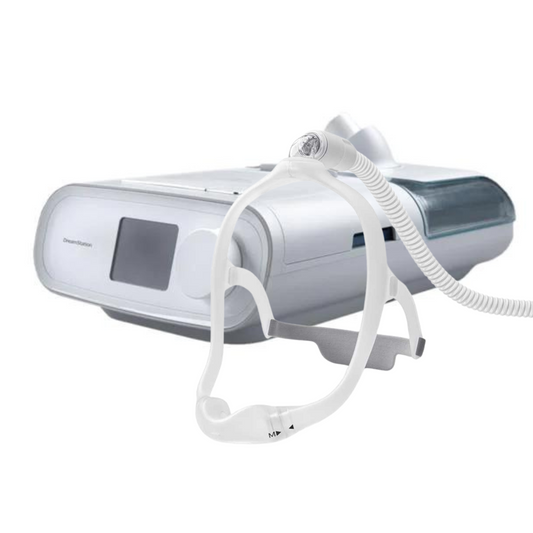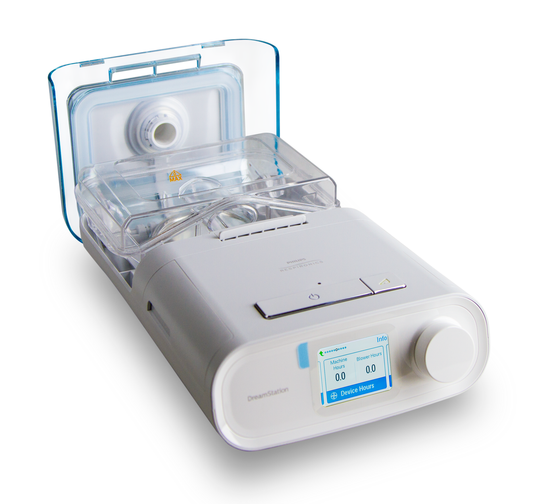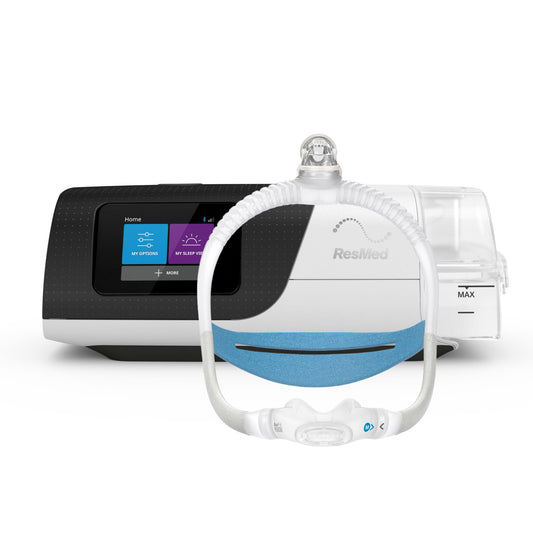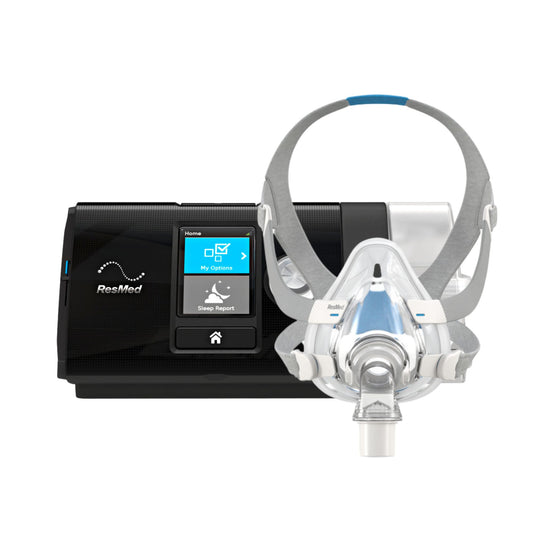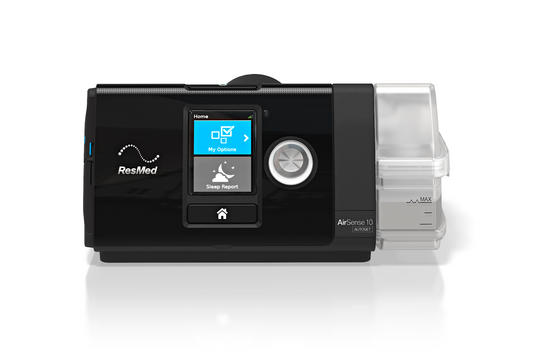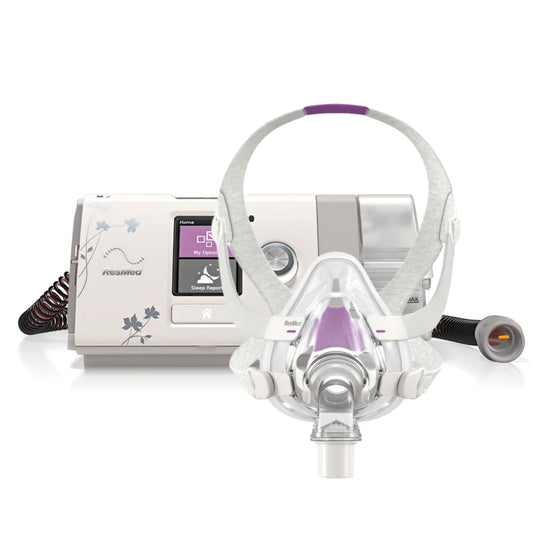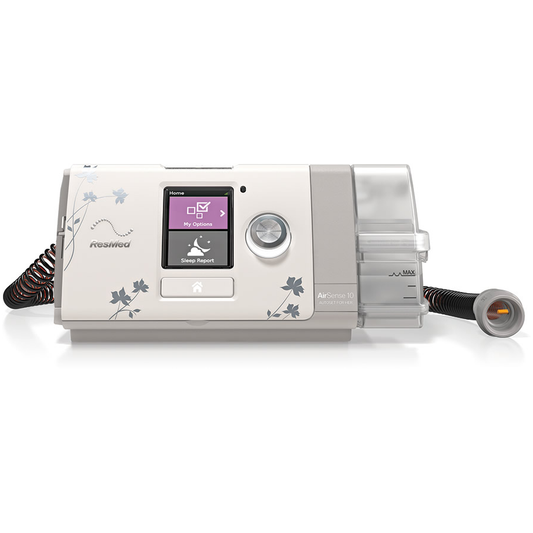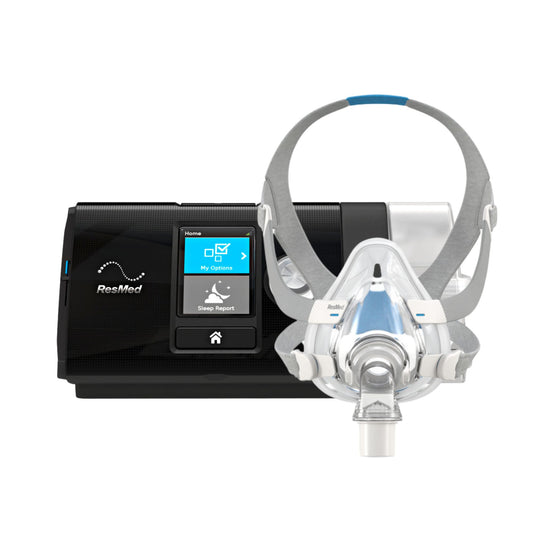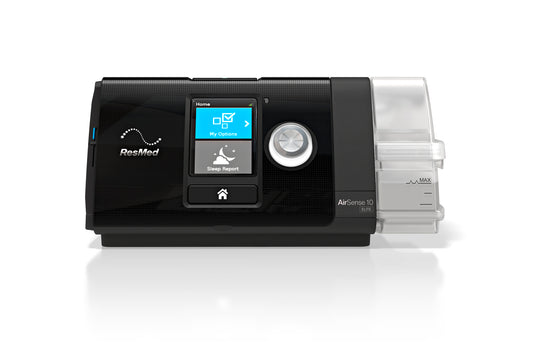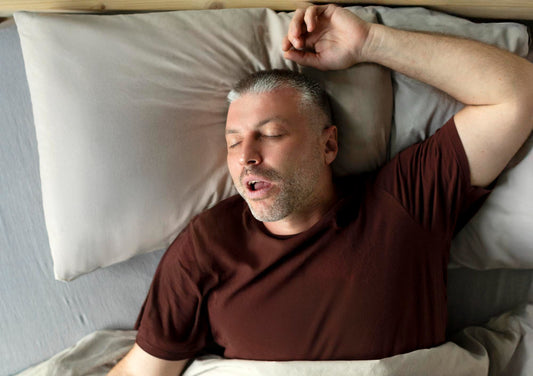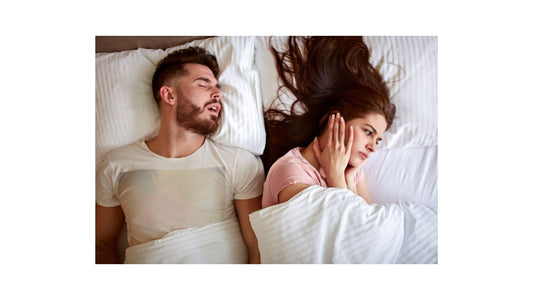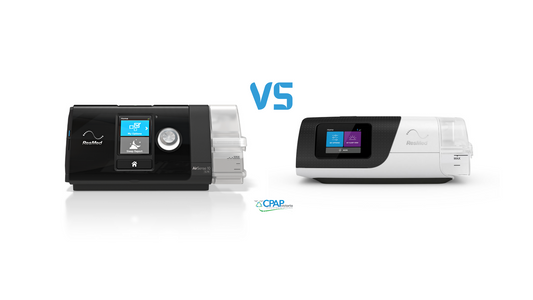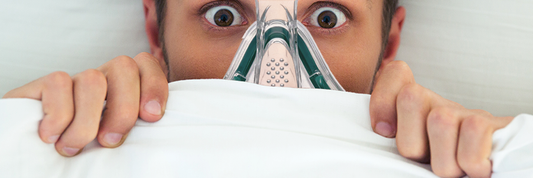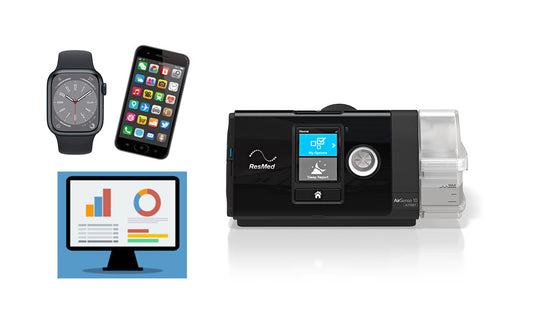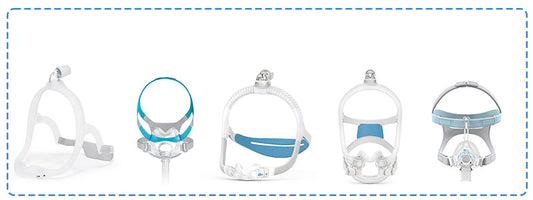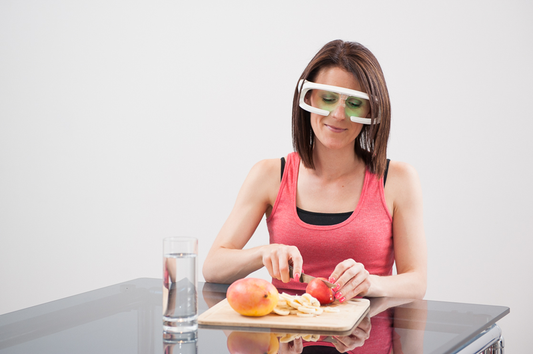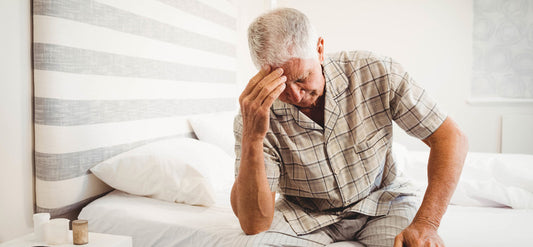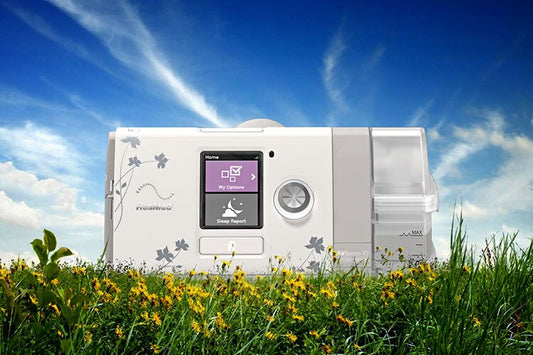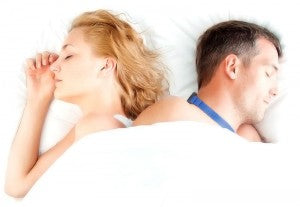
In essence, positional therapy is the use of a device that helps prevent a person from sleeping in a certain position that has a negative impact on their sleep and health...
There are scientific evidences that show that more than 50% of light to moderate OSA patients who sleep on their back are subjected to increased airway obstruction during sleep. If an OSA patient experiences a more pronounced airway obstruction as he sleep on his back compared to sleeping sideways then it is more likely that he is suffering from Positional Obstructive Sleep Apnoea or POSA.
POSA Defined
Positional Obstructive Sleep Apnoea is simply defined as OSA with Apnoea/Hypopnoea Index (AHI) level that is at least twice as high when the patient is sleeping supine (on his back) than sleeping in any other position. This is shown as AHI supine > 2x AHI other positions.
For majority of OSA patients, the upper airway is the most likely to collapse when sleeping on their back. Because of gravity, the tongue has the tendency to be displaced near the posterior pharynx. When this occurs, the pharyngeal area is greatly reduced when a person sleeps supine.
Experts at the American College of Chest Physicians in 2005 said that almost 60% of OSA patients have less symptoms when they sleep on their side and that 50% of patients with obstructive sleep apnoea could find relief if treated with positional therapy.
Efficacy of OSA Positional Therapy
POSA patients can greatly reduce or eliminate airway blockage by just sleeping on their side. The solution seems simple enough but is it effective?
There are several studies that supported the efficacy of positional therapy. A clinical study done in 2012 and published in www. ncbi.nlm.nih.gov tested the long term efficiency of Positional Therapy on patients with POSA. There were 16 OSA, CPAP-intolerant patients tested with a positional therapy device. The test’s duration was three months and after that period, scientists concluded that positional therapy can effectively treat positional OSA or POSA.
Another study published in the Journal of Clinical Sleep Medicine (www.aasmnet.org) compared positional therapy to CPAP is patients with positional obstructive sleep apnoea. The study concluded that positional therapy is comparable to CPAP at normalizing the Apnoea Hypopnoea Index in patients with positional obstructive sleep apnoea. Sleep quality and noncturnal oxygenation in both therapies are equal.
Methods Used for Positional Therapy
There are various innovative techniques to help a POSA patient sleep on his side. The most common home-remedy is placing at least 3 to 4 tennis balls in a pocket and sew it on the back of a pajama top. Pinning a sock full of tennis balls to the back of the patient’s sleep garment is another option. Some sleep wearing a filled backpack.
Elevating the head and trunk at a 30 to 60 degree angle is another option.
Anti-snore shirts, bumper belts, posture alarms triggered when the patient reverts to sleeping=g on his back are other options.
A most effective solution for positional OSA is the use of NightShift. This is an innovative device prescribed by physicians to treat positional sleep disorders. The device prods a POSA patient to sleep on his side if he is in supine position. When he does, snoring is lessened and the patient and his partner get a restful night’s sleep.
There is indication that positional OSA patients with acute shoulder, neck or back pain and those with artificial pacemaker are not recommended to use this device. It is best to consult with a qualified physician.
Here at CPAP Victoria we sell a range of positional devices and offer trials for NightShift at only $75 per fortnight.
Give us a call NOW at 1300 750 006 or pop into one of our CPAP clinics Victoria . We are located in over 13 clinics across Victoria
